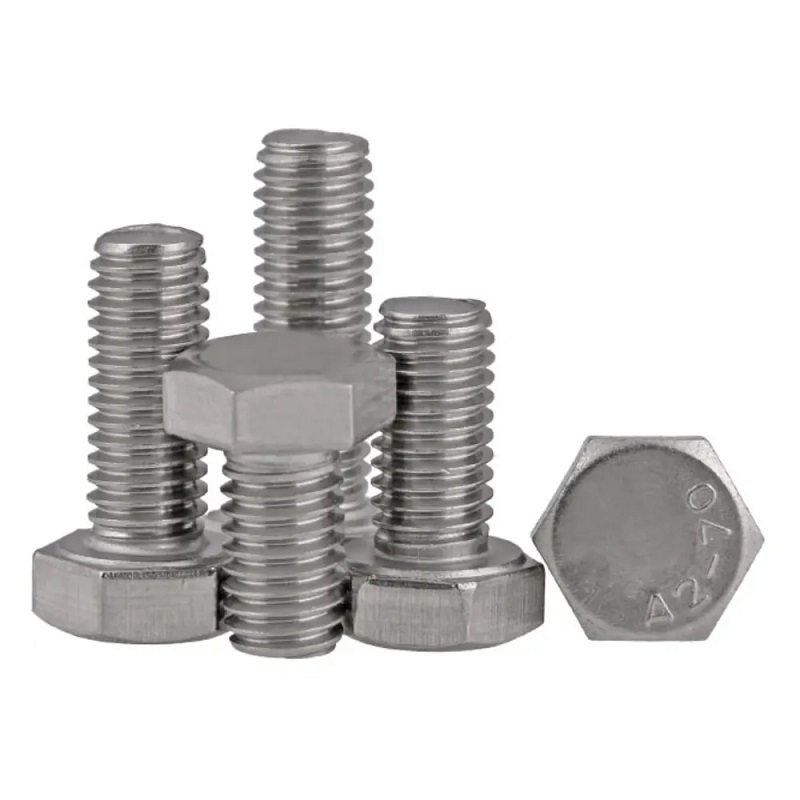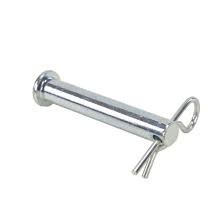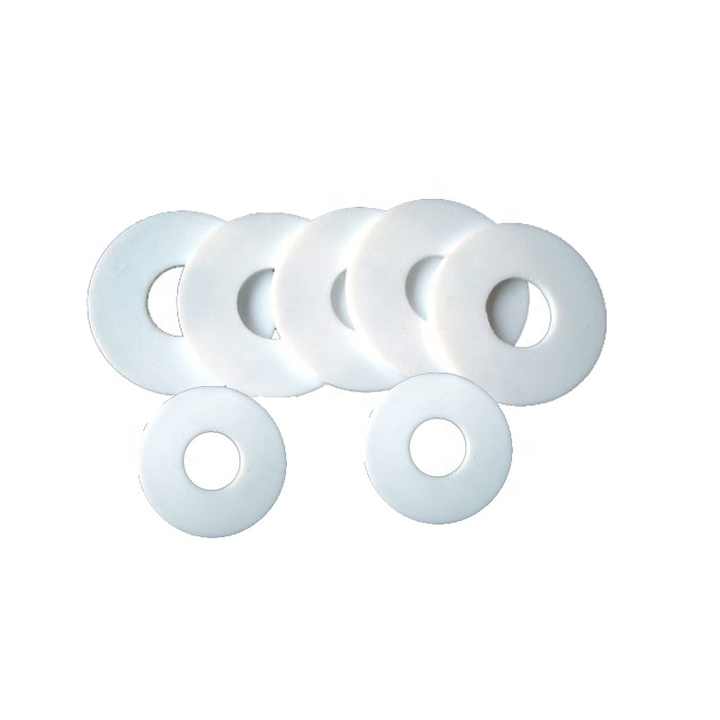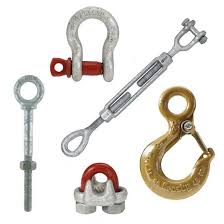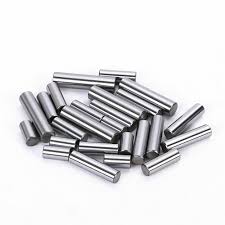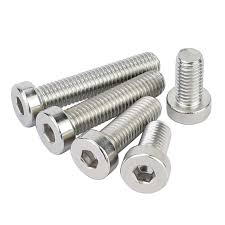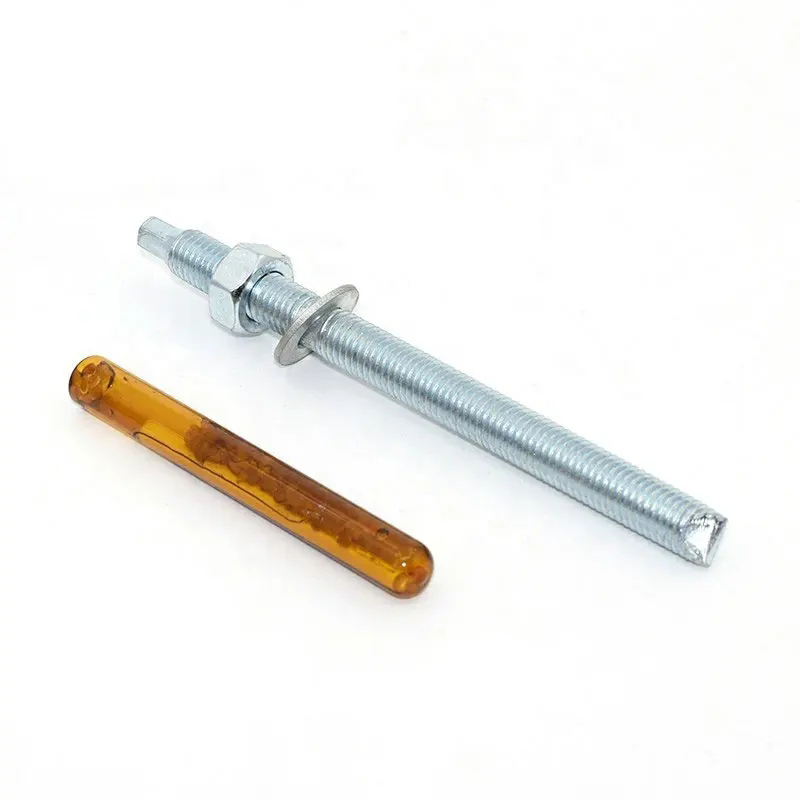

This guide explores the world of plastic shims, covering their types, applications, advantages, and considerations for selection. We'll delve into the specifics of material choices, dimensional accuracy, and best practices for their effective use. Learn how to choose the right plastic shims for your specific needs and improve the precision and efficiency of your projects.
Plastic shims are thin, wedge-shaped pieces of plastic used to fill gaps, create precise alignments, and provide cushioning between surfaces. They are available in a wide range of materials, each with unique properties. Common materials include:
The choice of material depends largely on the application's requirements for strength, flexibility, chemical resistance, and temperature tolerance. For instance, a high-strength application might benefit from nylon plastic shims, while a chemically aggressive environment might require polyethylene.
Plastic shims find widespread use across various industries. Here are some key applications:
The versatility of plastic shims makes them an invaluable tool in countless applications, offering a cost-effective and readily available solution for a variety of precision needs.
Choosing the appropriate plastic shims requires careful consideration of several factors:
| Factor | Considerations |
|---|---|
| Material | Strength, flexibility, chemical resistance, temperature tolerance |
| Thickness | Gap size to be filled |
| Dimensions | Accuracy required for the application |
| Quantity | Project requirements |
For assistance in selecting the perfect plastic shims for your needs, consider contacting a reputable supplier like Hebei Dewell Metal Products Co., LTD. They offer a wide variety of high-quality plastic shims to meet diverse project requirements.
Plastic shims offer several key advantages over other shimming materials:
These advantages contribute to their popularity across numerous industries.
Plastic shims are versatile components crucial for achieving precise alignments and gap filling in various applications. Understanding the available materials, considering application-specific requirements, and selecting the right supplier are key to leveraging the full potential of plastic shims in your projects. Remember to always prioritize quality and precision for optimal results.


